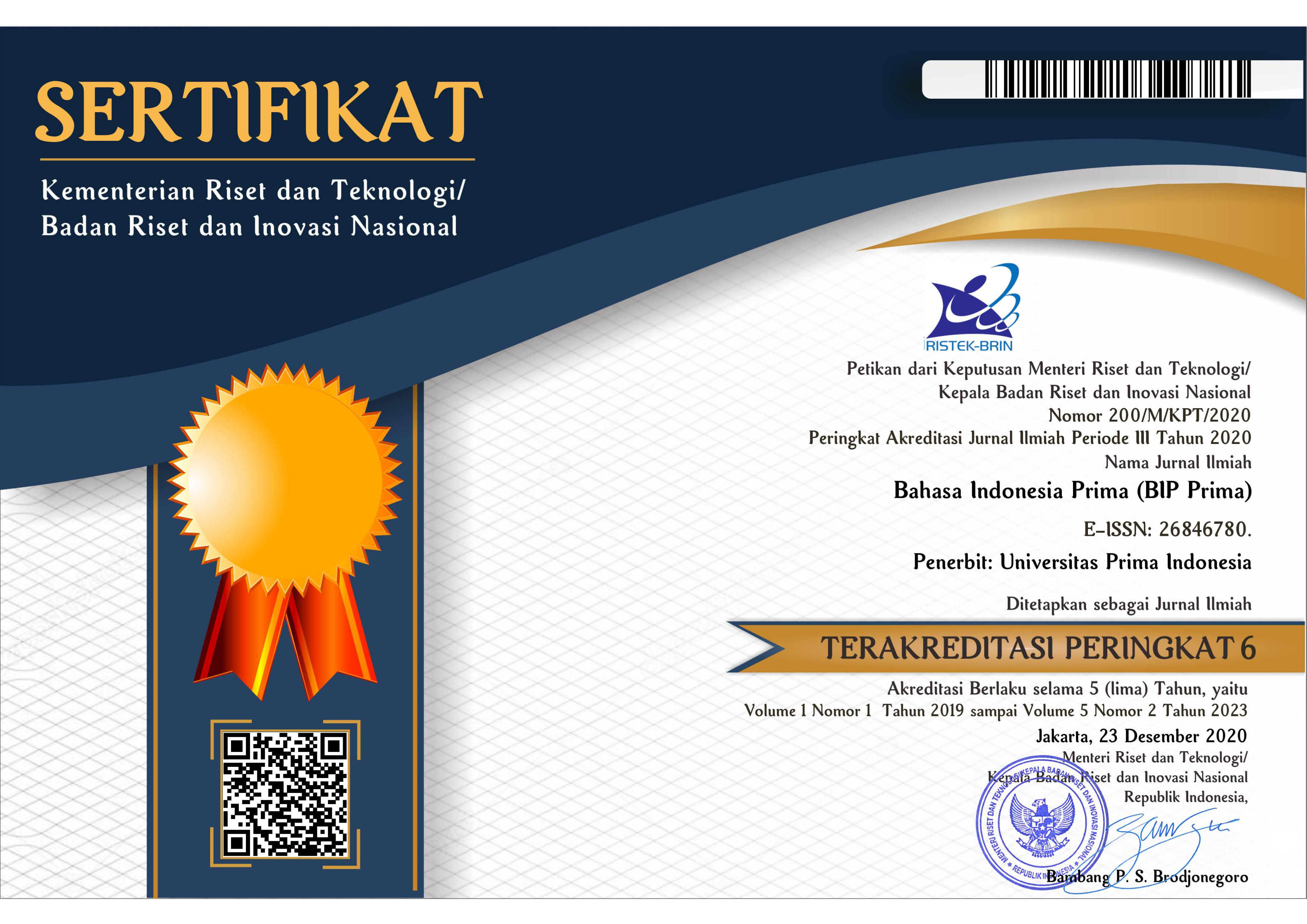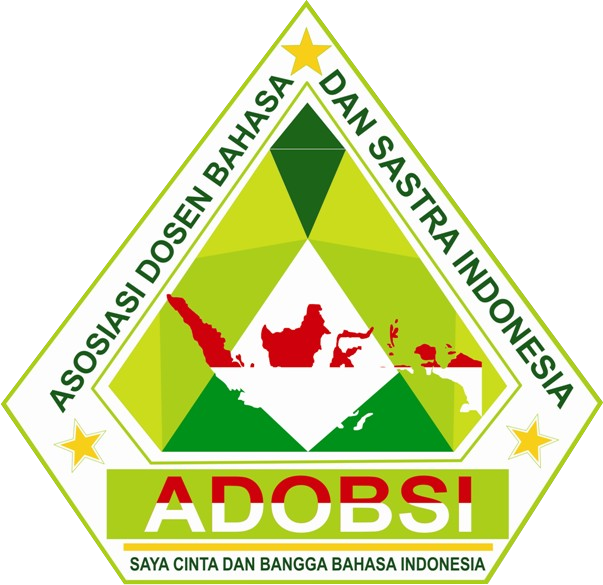KEMAMPUAN BERBAHASA ANAK DENGAN SINDROM ASPERGER
DOI:
https://doi.org/10.34012/bip.v5i2.4162Keywords:
Asperger Syndrome, Autism Syndrome Disorder, PsycholinguisticsAbstract
This study analyses the case of a child 6 years old with Asperger Syndrome with a particularly high specific cognitive, linguistic, and metalinguistic profile. The method of the study is using qualitative methods. The instrument used to measure the child’s ability is the Wechsler Intelligence Scale for Children (WISC). The test places a high value on answer justification, allowing the interviewer to capture different levels of metalinguistic awareness. Unlike those assessing sonority and sonography, the child provided poor language-linguistic responses on the sonority subtests. These different results are explained in terms of this child's specific difficulties with "open" language systems, such as semantics, despite his excellent "closed" language abilities. The discussion emphasizes the importance of assessing language skills at the aggregate level of gifted children with Asperger syndrome.
References
Baron-Cohen S, Ashwin E, Ashwin C, Tavassoli T, and Chakrabarti B. 2009. “Talent in autism: hyper-systemizing, hyper-attention to detail and sensory hypersensitivity” in Philosophical Transactions of the Royal Society of London, Biological Sciences 364: 1377–83.
Barac, R., & Bialystok, E. 2011. Cognitive development of bilingual children. Language Teaching, 44(1), 36-54.
Clark EV and Andersen ES, 1979. “Spontaneous repairs: Awareness in the process of acquiring language” unpublished paper presented at the Symposium on Reflections on Metacognition, Society for Research in Child Development. USA: San Francisco, CA.
Fadhli, Aulia. 2010. Buku Pintar Kesehatan Anak. Yogyakarta: Penerbit Pustaka Anggrek.
Khusniyah, Nurul Lailatul. 2022. Mengenal Linguistik. Mojokerto: Insight Mediatama.
Hakes DT, Evans JS, and Tunmer WE. 1980. The Development of Metalinguistic Abilities in Children. Berlin: Springer.
Jessner, U. 2006. Linguistic Awareness in Multilinguals: English as a Third Language. Edinburgh: Edinburgh University Press.
Karmiloff-Smith A. 1992. Beyond Modularity: A Developmental Perspective on Cognitive Science. Cambridge: MIT Press.
Lyons, V. & Ftzgerald, M. 2005. Asperger Syndrome: A Gift or A Curse? New York: Nova Science Publishers, Inc.
Pinto MA, Titone R, and Trusso F. 1999. Metalinguistic Awareness: Theory, development and Measurement Instruments. Italy: Istituti Editoriali e Poligrafici Internazionali.
Sudaryanto, 2015. Metode dan Aneka Teknik Analisis Bahasa. Pengantar Penelitian Wahana Kebudayaan secara Linguistis. Yogyakarta: Sanata Dharma University Press.
Tunmer WE, Pratt C, and Herriman ML .1984. Metalinguistic Awareness in Children: Theory, Research and Implications. Berlin: Springer.
Wechsler, D. 2014. Wechsler Intelligence Scale for Children-Fifth Edition. Bloomington, MN: Pearson.
Woodbury-Smith MR and Volkmar FR. 2008. “Asperger syndrome” in European Child Adolescent Psychiatry 18: 2–11.
Downloads
Published
How to Cite
Issue
Section
License
Copyright (c) 2023 Lilis Handayani Napitupulu

This work is licensed under a Creative Commons Attribution-ShareAlike 4.0 International License.

BIP: Jurnal Bahasa Indonesia Prima is licensed under a Creative Commons Attribution-Share Alike 4.0 International License.














